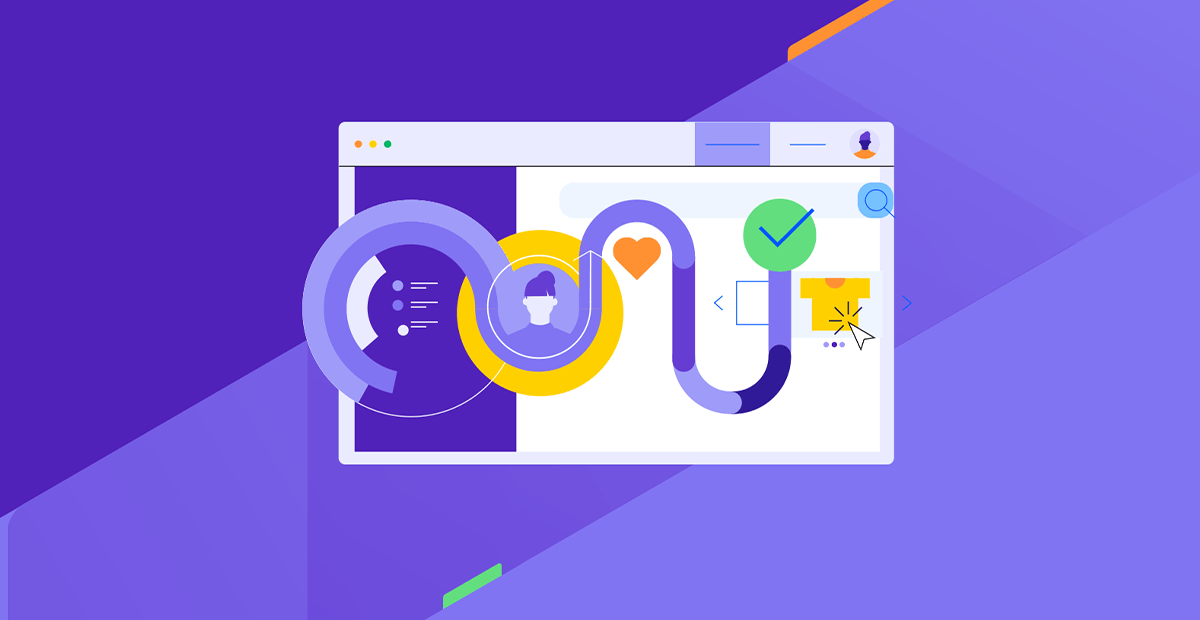How Standardization Empowers IT Leaders to Build Future-Proof Technology Stacks

Keep your tech stack agile with standardized software, making it easy to integrate, adapt and expand.
You know that feeling when your technology stack becomes a patchwork of legacy systems and short-term fixes? The sinking realization that you’ve built a house of cards that could come crashing down with the next business requirement or security threat. The tech world moves fast, and today’s cutting-edge solutions can quickly become outdated.
This prompts the need for standardization. It’s not just a buzzword—think of it as the universal language for technology. When every system, software or tool “speaks” the same language, it’s easier to integrate, adapt and expand. For IT maestros, this means fewer compatibility headaches, smoother operations and more peace of mind.
With a standardized content management system like Progress Sitefinity at its core, your technology infrastructure will have the flexibility and adaptability to keep up with whatever the future may hold. While custom or proprietary systems lock you into a specific technology or vendor, an open and standardized platform provides options to upgrade, integrate and innovate as needed.
Benefits of Standardization
Standardization is key to building an adaptable technology stack that can stand the test of time. It provides stability without stagnation and gives you a platform for continuous improvement so you can evolve your tech stack gradually rather than perpetually ripping and replacing. You build once, build smart, and then optimize and expand. Major benefits include:
Simplified Management: Standardized solutions enable IT teams to manage and maintain systems more efficiently. With a consistent set of tools, processes and configurations, IT leaders can reduce complexity, minimize the need for customization and simplify troubleshooting.
Enhanced Interoperability: Standardization promotes interoperability between different systems and applications. By adhering to industry standards and using compatible technologies, teams can ensure seamless data exchange, streamline workflows and facilitate collaboration between teams and departments.
Cost Savings: Standardization can lead to cost savings through economies of scale. By selecting standardized solutions, IT leaders can benefit from vendor partnerships, volume discounts and reduced maintenance and support costs.
Standardization in Practice
To effectively implement standardization, you should follow a systematic approach that incorporates the following steps:
Assess Current Technology Landscape: You should start by conducting a thorough assessment of your organization’s current technology landscape. This involves identifying existing systems, evaluating their capabilities and limitations, and understanding how they align with your business objectives.
Define Standardization Goals: Based on the assessment, you should define clear goals and objectives for standardization. These goals should be aligned with your organization’s overall strategy and address specific pain points, such as improving data integration, enhancing security or optimizing resource utilization.
Select Standardized Solutions: You should carefully evaluate available standardized solutions and select those that best meet your organization’s needs and standardization goals. This may involve evaluating different vendors, conducting proof-of-concept tests, and considering factors such as scalability, interoperability, security and support.
Develop Standardization Guidelines: Once standardized solutions are selected, you should develop clear guidelines and best practices for implementation. These guidelines should outline standardized configurations, processes and workflows to ensure consistency and alignment across your organization.
Implement and Monitor: You should oversee the implementation of standardized solutions, ensuring proper configuration, integration and training. Regular monitoring and evaluation should be conducted to identify any deviations or areas for improvement.
How Progress Sitefinity Supports Standardization
By choosing Progress Sitefinity to power your digital experiences, you’re not just getting a CMS—you’re getting an open, extensible and standardized framework for digital transformation.
Open Architecture
With a modular framework, Sitefinity allows you to build tailored solutions by combining different modules and extensions. You have the flexibility to craft a customized digital experience platform perfect for your needs. At the same time, Sitefinity’s consistent interface across modules leads to a cohesive user experience. This reduces the learning curve for your teams, decreasing errors and wasted time.
Scalability
Standardized systems are built to handle growth. As your business expands, Sitefinity seamlessly scales to match your needs. You get robust features like:
- Multisite management: Easily create and manage a network of websites from one platform.
- Enterprise-level infrastructure: Sitefinity utilizes a distributed caching system, load balancers and other enterprise architecture to support high traffic volumes.
- Integrated cloud deployment: Use the managed service of Sitefinity Cloud.
- Hybrid cloud: You can use Sitefinity on-prem in conjunction with your favorite cloud server, such as AWS, Azure or Google Cloud.
Adaptability
Technology is constantly changing. With Sitefinity, you can easily adapt to shifts in the market. Some examples include:
- Keeping up with web standards: Sitefinity regularly releases updates to comply with web standards like accessibility requirements (WCAG, ADA), web security protocols (HTTPS) and web markup (HTML5).
- Integrating new technologies: Sitefinity maintains a robust API and open architecture so you can connect the latest marketing, ecommerce and data tools.
Integrations & Extensibility
Sitefinity was built with integration and extensibility in mind. As technology continues to progress at breakneck speed, the platforms and tools we use today may be obsolete tomorrow. That’s why Sitefinity incorporates open APIs, SDKs and web standards that make it simple to connect with both current and emerging technologies.
Flexibility
Sitefinity is a flexible solution suitable for both small businesses and large enterprises. You can start with a simple website and expand over time into a fully digital experience platform with sophisticated capabilities.
Regular Updates
To future-proof your technology investments, Progress continually releases updates for Sitefinity with the latest features and security patches. This proactive approach to product development means that Sitefinity always remains up-to-date with technological advancements, allowing your business to stay ahead of digital disruption. With each new version, Progress improves Sitefinity’s functionality, user experience and integration capabilities.

